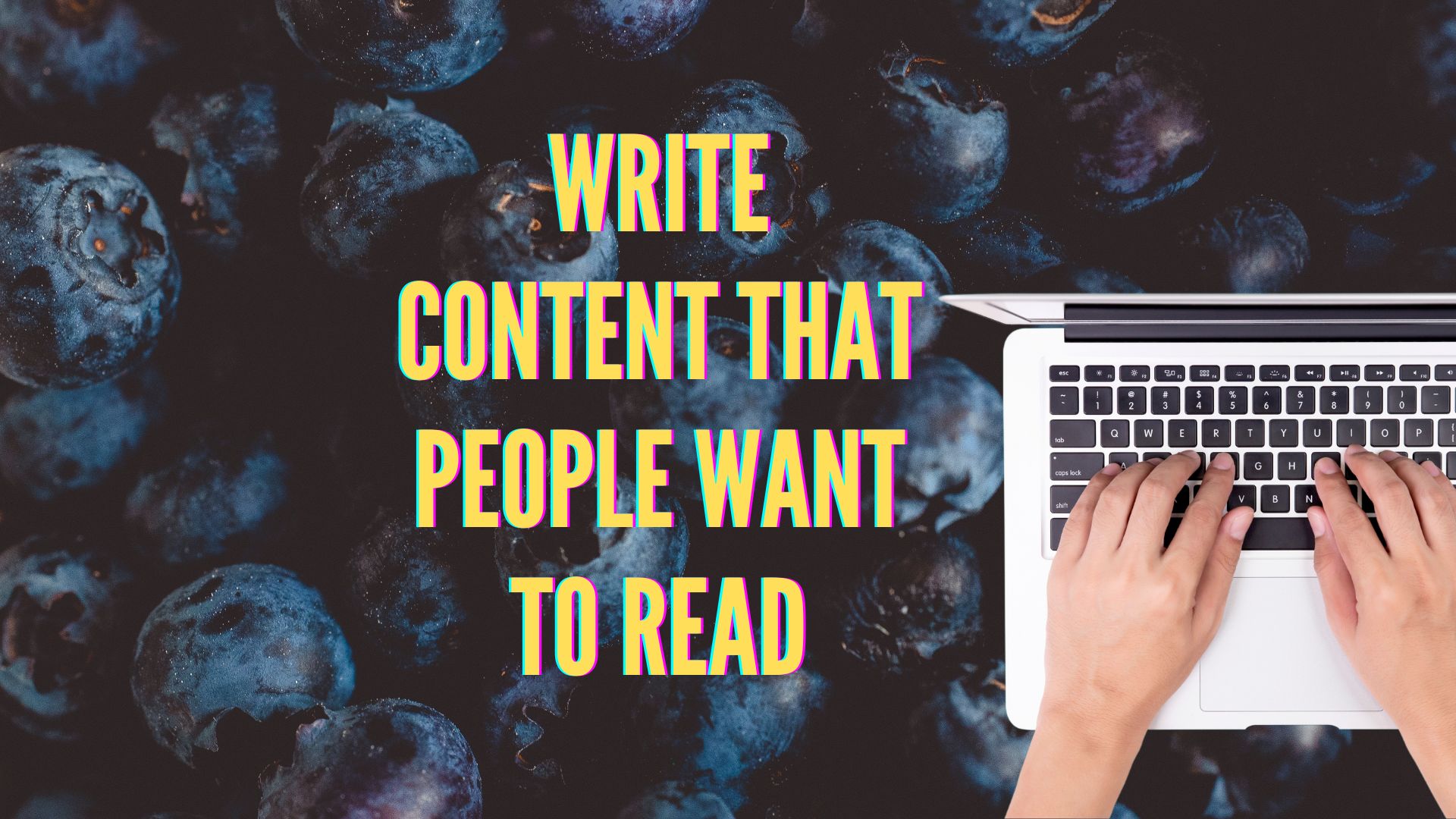Tired of low traffic despite your content being helpful? It’s a common problem, and the culprit is often a lack of reader engagement.
The Missing Ingredient: Fact-filled posts are a good start, but to truly captivate your audience, you need to add elements that draw them in and keep them reading.
Promise: In this guide, you’ll learn how to transform your writing into content that’s both informative and enjoyable – the key to attracting more readers and building a loyal following.
1. The Power of the Opening
First Impressions Matter
Think of your blog post’s intro like a storefront window. If it’s dull, cluttered, or confusing, people won’t bother coming inside. Your opening lines need to grab attention and make them want to read more.
Types of Strong Intros
Here are a few effective ways to hook your readers right away:
- Asking a Question: “Have you ever struggled to [problem your post solves]?
- Surprising Fact or Statistic: “Did you know that [mind-blowing fact related to your topic]?”
- Short Personal Anecdote: “When I first started [thing related to the blog post], I made a huge mistake…”
Example Time: Show, Don’t Just Tell
Let’s see these techniques in action. Note: For your actual blog post, find examples that fit your specific niche!
- Question Example (Recipe Blog): “Ever wish you could whip up a delicious, healthy dinner in under 30 minutes?”
- Statistic Example (Productivity Blog): “The average person wastes 3 hours a day on distractions. What if you could reclaim that time?”
- Anecdote Example (DIY Blog): “Let’s just say my first attempt at painting my kitchen cabinets was a Pinterest fail.”
Key Point: Your intro should align with the overall content and tone of your post
2. Structure for Success
It’s Not Just a Ramble
Even if you’re bubbling with ideas, a disorganized blog post is hard to follow. Think of structure as building a path for your reader:
- Beginning: Sets the stage (this is where your strong intro from Section 1 shines!)
- Middle: The meat of your content – clear steps, logical explanations, or the unfolding of your story.
- End: Wraps things up, leaving the reader with key takeaways or a call to action (more on that soon!).
Give Them Guideposts
Nobody likes confronting a giant wall of text. Make your content easily digestible by using:
- Headings & Subheadings: Break up your ideas into clear sections.
- Short Paragraphs: 2-3 sentences max is ideal for online reading.
- Visuals (Optional): Even a simple image breaks things up (you cover this in another roadmap section!).
Calls to Action: Keep Them Involved
Don’t be afraid to ask your reader to DO something small within the post. This boosts engagement and helps your ideas stick. Examples:
- Questions to Ponder: “Have you ever experienced this? Share your thoughts in the comments!”
- Mini-Challenges: “Try this quick tip and see what difference it makes.”
- Social Sharing: “Know someone who would find this helpful? Share the post!”
Important Note: CTAs should be natural extensions of your content, not jarring sales pitches.
3. “Voice” Matters
Ditch the Textbook Tone
Unless you’re writing academic papers, your blog posts shouldn’t read like a textbook. It’s okay to:
- Use Contractions: They make your writing sound more natural (think “you’re” instead of “you are”).
- Address the Reader as “You”: Creates a more personal connection.
- Let Your Enthusiasm Show: If you’re genuinely excited about the topic, that energy will come through in your words!
Speak to ONE Person
Picture your ideal reader in your mind. Are they a busy mom? A tech-savvy entrepreneur? A fellow hobbyist? Write as if you’re explaining something helpful to that one person. This prevents your writing from feeling generic.
Read it Aloud: The Clunk Test
This is a writer’s secret weapon! If a sentence feels awkward to say out loud, it’s probably awkward to read. Reading aloud helps you identify needlessly complex phrasing or overly long sentences.
Key Point: Finding your voice takes practice! The more you write, the more naturally your personality and style will emerge.
Note: “Professional” Doesn’t Equal Boring You can have a clear, helpful voice while still maintaining a tone appropriate for your niche.
4. The Art of the Ending
Don’t Just Fade Away
Think of your ending like a mic drop moment. You want to leave the reader feeling satisfied and motivated. Here’s how:
- Quick Recap: In one or two sentences, summarize the main takeaways from your post.
- The “So What?” Factor Why did this information matter? Reiterate how it can help your reader with their blog.
- Question to Ponder: “Has this changed how you’ll approach writing your next post? Tell me in the comments!”
- Set the Stage for Action: “Ready to take your intro writing to the next level? Here’s how to find even more hook ideas…”
Tie it Back to the Audience
The best endings make the reader think, “I can actually DO this!” Provide a simple, specific action they can take right away to apply what they’ve learned. Examples:
- Challenge Them: “Rewrite the intro of an old blog post using one of the techniques we covered. Did it make a difference?”
- A Taste of What’s Next: “Loved learning about intro writing? My next post dives into crafting compelling calls to action…” (Link to it, if ready!)
- Community Connection: “Share your revised intro in [relevant Facebook group or forum] for feedback!”
Make it Seamless
Your ending shouldn’t feel abrupt. Naturally lead the reader towards that next step, whether it’s taking action, reading another post, or engaging with you further.
Conclusion: Your Captivating Content Journey Begins
Let’s recap the key ingredients for writing that truly connects with your audience:
- Hook ‘Em From the Start: Intros that ask questions, spark curiosity, or tap into reader emotions.
- Structure for Success: Guideposts like headings and short paragraphs make your content easy to digest.
- Let Your Voice Shine: Write like you’re talking to a friend – ditch the textbook tone!
- Endings That Matter: Summarize takeaways, inspire action, and set the stage for what they can learn next.
Practice Makes Progress
Becoming an amazing writer isn’t magic – it’s a skill you develop over time. Don’t get discouraged if your first attempts aren’t perfect! The more you write, the more natural it will feel.
Your Call to Action
Ready to see these techniques in action? Here’s your challenge:
- Choose an old blog post of yours that could use a little more pizzazz.
- Rework the intro and ending using what you’ve learned today.
- Notice the difference! Does it feel more engaging to YOU as the writer?
You’ve got this! Let me know how your revision goes.
“Word Power” Mini-Lesson: Upgrade Your Writing
Choosing the right words can transform your blog posts from simply informative to truly memorable. Here’s a quick hit of word choice tips:
- Vivid Verbs to the Rescue: Swap out weak verbs (is, has, went) for ones that pack a punch. Instead of “The recipe was easy”, try “The recipe simplified dinnertime.”
- Engage the Senses: Does your writing make the reader see, hear, smell, taste, or feel something? Even a single sensory detail can boost engagement.
- Avoid Cliches Like the Plague: Overused phrases (“at the end of the day”, “needle in a haystack”) make your writing feel generic.
- Emotion Words Matter: Don’t be afraid to use words that evoke feeling (frustrated, relieved, excited). Just make sure it aligns with your overall tone.
- The Thesaurus is Your Friend (But Use with Caution): Need a synonym? Great! Just double-check that the new word truly fits the context of your sentence.
Mini-Challenge:
- Pick a paragraph from one of your old blog posts.
- Identify 2-3 places where you could make your word choices stronger.
- Rewrite it! Did it improve the flow and impact of the writing?









No Comments
Leave a comment Cancel